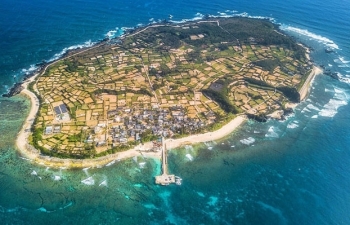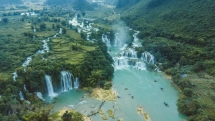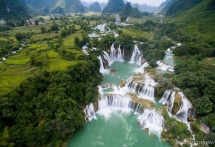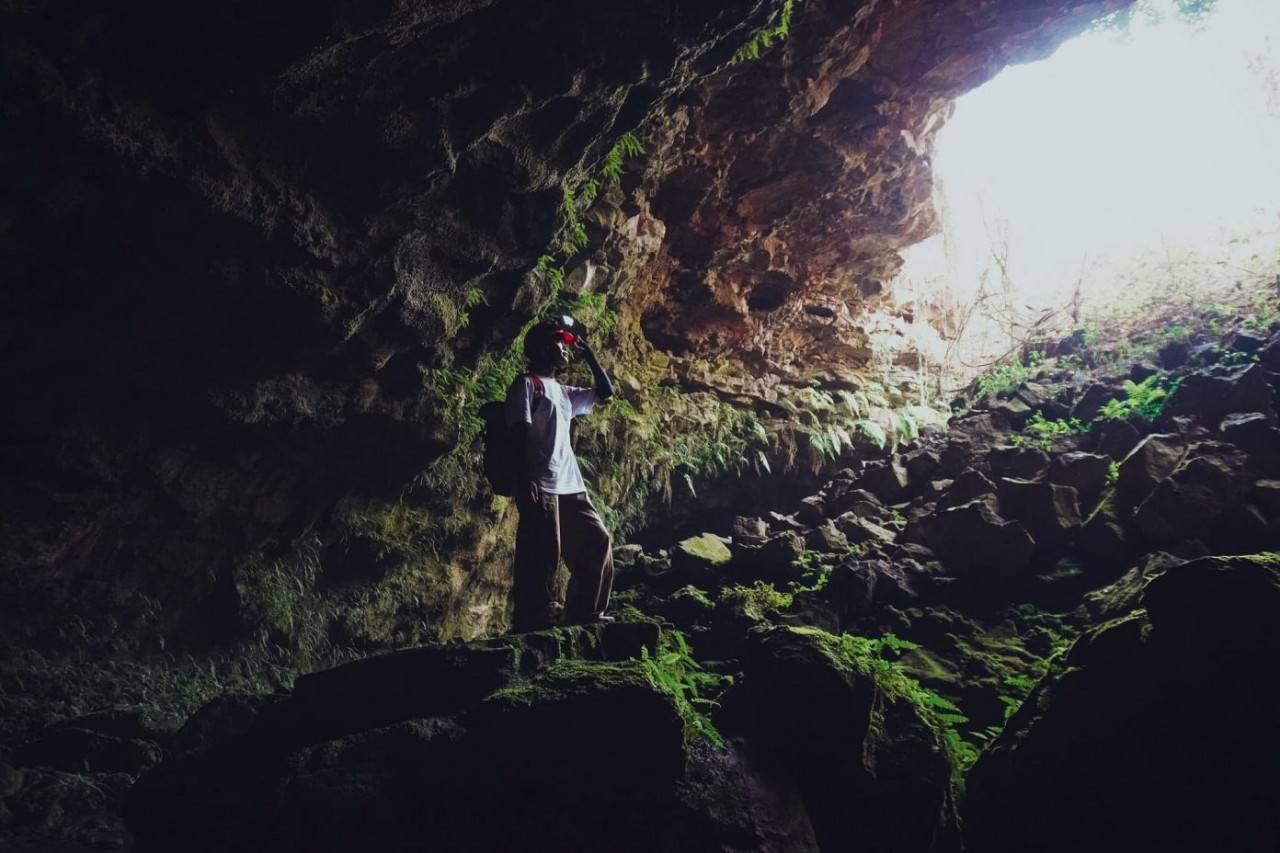Third Vietnamese geopark wins global status
| Vietnam’s Geo-Park a candidate dossier for UNESCO recognition | |
| Non Nuoc Cao Bang Geopark to receive UNESCO status on Nov 24 | |
| Multi-facet values of Non Nuoc Cao Bang Geopark |
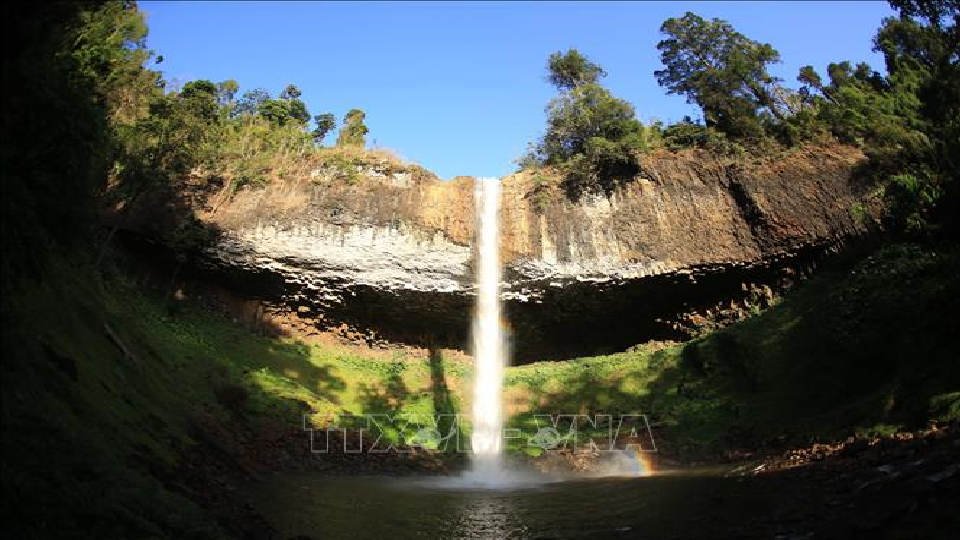 |
| Many archaeological, historical and cultural relics as well as scenic spots are recognised and conserved in Dak Nong Geopark. (Photo: VNA) |
Vietnam has the third geopark recognised as a Global Geopark after the Programme and External Relations Commission of the 209th UNESCO Executive Board on July 7 approved the Global Geoparks Council’s proposal to add Dak Nong Geopark in the list.
Located on the M’Nong plateau at average elevation of 600-700m asl, with the highest point being Ta Dung at 1,982m asl, Dak Nong Geopark - the Land of Sounds - (coordinates N12o17’48”; E107o46’58”) covers an area of c.4,760km2 of the northern districts of Dak Nong province in Vietnam’s Central Highlands, according to UNESCO.
The Geopark can be reached by several routes by land and air, including two international border gates with Cambodia. Characterised by sub-equatorial tropical monsoon and plateau climate, the area features an evenly distributed network of rivers, streams, lakes and reservoirs.
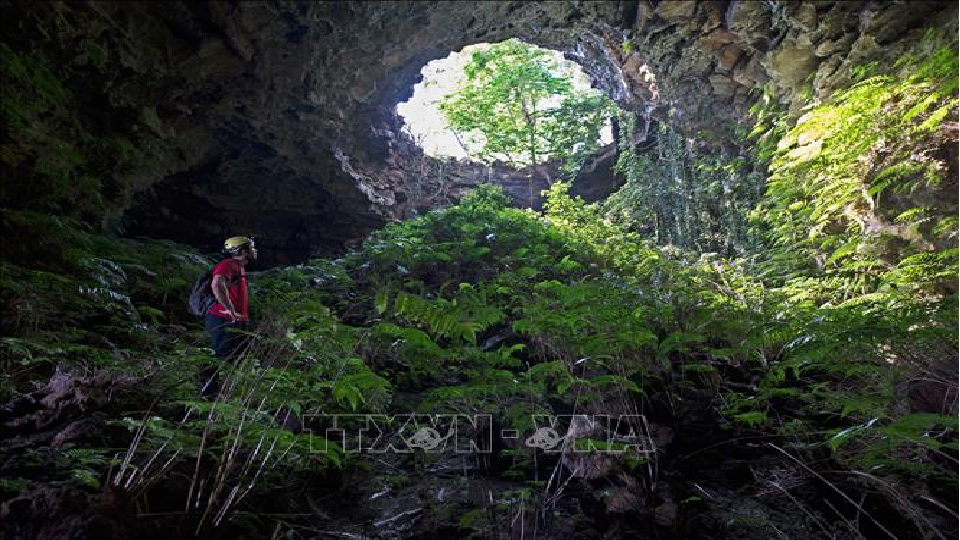 |
| Young volcanic activities about tens of thousands of years ago (Late Pleistocene-Holocene) have resulted in spectacular craters, majestic waterfalls and Southeast Asia’s most extensive system of hundreds of magnificent volcanic caves. (Photo: VNA) |
A population of c.416,000 people of 40 ethnic groups, including 3 autochthonous, live in the area, occupied mostly in agro-forestry, trade and services, and small industries.
Many archaeological, historical and cultural relics as well as scenic spots are recognised and conserved. Many festivals and traditions celebrated by ethnic cultures, in particular the UNESCO “Gong Culture Space” intangible heritage (including the man’s oldest lithophone) also contribute to the values of the Geopark.
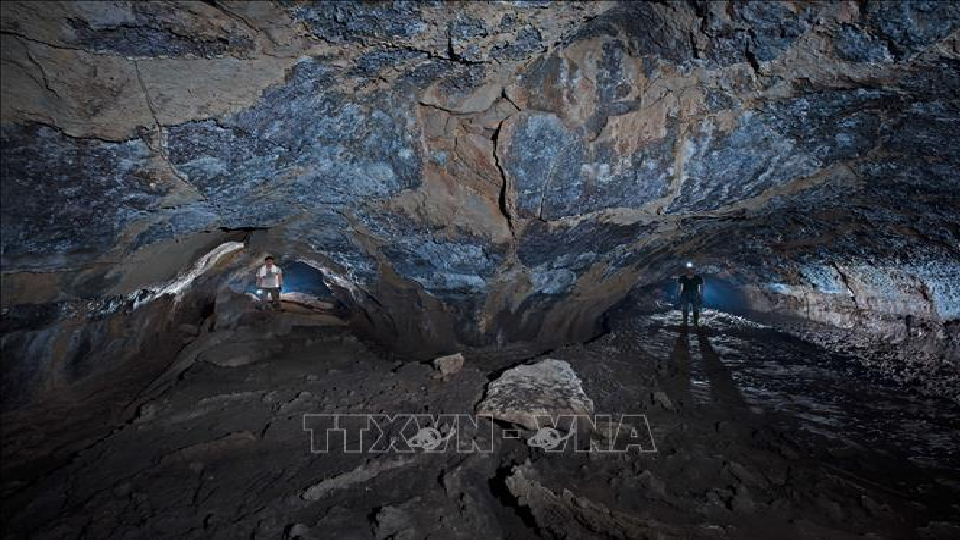 |
| Young volcanic activities about tens of thousands of years ago (Late Pleistocene-Holocene) have resulted in spectacular craters, majestic waterfalls and Southeast Asia’s most extensive system of hundreds of magnificent volcanic caves. (Photo: VNA) |
Dak Nong Geopark is distinctive in terms of geological features and geoheritage value. Being a piece of the Gondwana ancient supercontinent, from about 200-165 Ma ago it was deeply submerged into a passive continent marginal sea, very rich in ammonite and bivalve fossils. This continental margin later, during 145-66 Ma ago became active due to plate collision, with red-bed sediments, eruptive andesite-dacite-rhyolite and intrusive gabbro-diorite-granodiorite-granite rocks. During the last 16.5 Ma, the territory became active again with wide-spread, multi-phase volcanic activities, forming a basalt cover over more than 50% of the Geopark area. These have been the source of some of the world’s largest and top quality bauxite deposits and a number of other minerals (sapphire, semi-precious stones etc.), and especially the fertile soils that have fed generations of local people with many industrial and fruit tree crops. In particular, young volcanic activities about tens of thousands of years ago (Late Pleistocene-Holocene) have resulted in spectacular craters, majestic waterfalls and Southeast Asia’s most extensive system of hundreds of magnificent volcanic caves, many of which have been used by prehistoric people as shelter since at least 6,000-10,000 years ago.
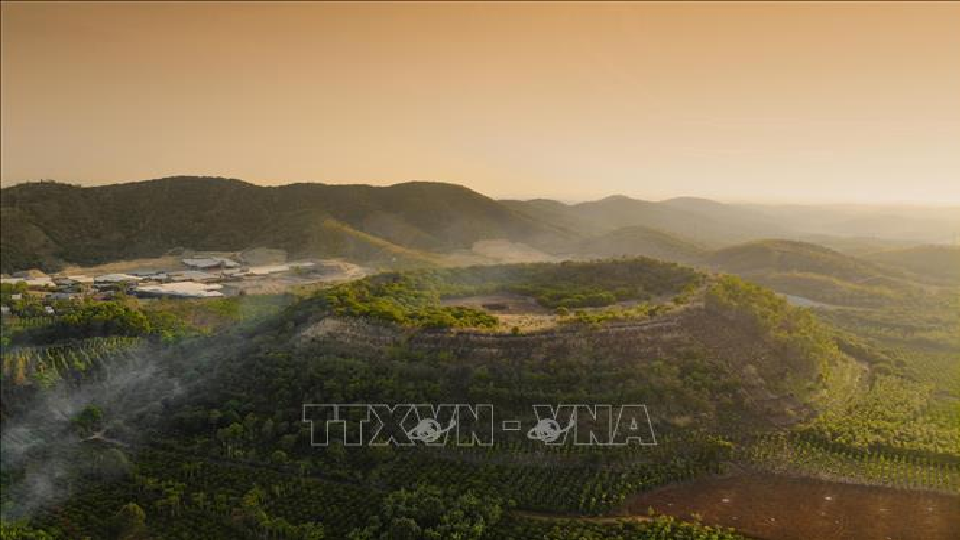 |
| Dak Nong Global Geopark (Photo: VNA) |
Following the UNESCO recognition, relevant agencies, including the Vietnam National Commission for UNESCO, the Ministry of Natural Resources and Environment and provincial authorities, along with domestic and international scientists will jointly implement plans on environmental protection, natural conservation, and rational use of resources in the park.
They aim to preserve and maximise values of geology, biodiversity, culture, history, as well as national tradition of the geopark.
Before Dak Nong Geopark, Dong Van Karst Plateau Geopark in Ha Giang province and Non Nuoc Cao Bang Geopark in Cao Bang province, both in northern Vietnam, also won the recognition./.
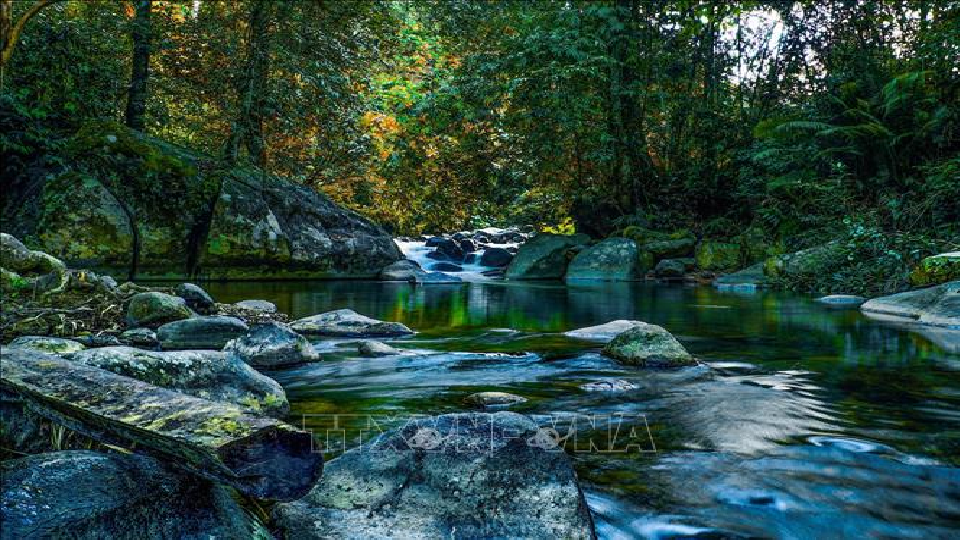 |
| Young volcanic activities about tens of thousands of years ago (Late Pleistocene-Holocene) have resulted in spectacular craters, majestic waterfalls and Southeast Asia’s most extensive system of hundreds of magnificent volcanic caves. (Photo: VNA) |
 | VN, Cambodian trade fair in Dak Nong More than 100 businesses from 13 cities and provinces nationwide, and some others from Cambodia’s Mundulkiri province are displaying their products at the Việt Nam-Cambodia ... |
 | First-ever Vietnam brocade festival to be hosted in Dak Nong The first Vietnam brocade culture festival and Dak Nong investment promotion conference will take place in the Central Highlands locality from January 5-7. |
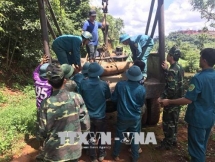 | A 227kg-bomb deactivated in Dak Nong Competent forces in Dak Mil district of the Central Highlands province of Dak Nong, safely detonated a Mark 82 (MK82) bomb weighing 227kg on July ... |
Recommended
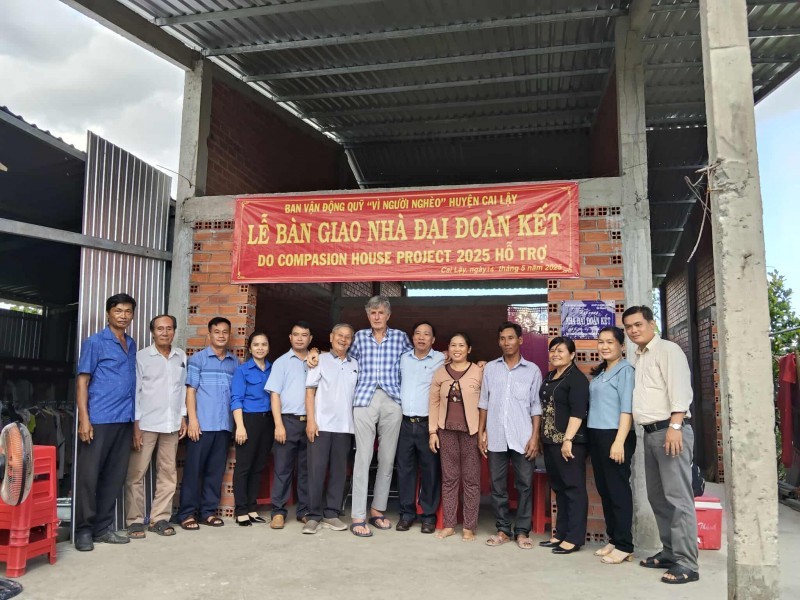 Viet's Home
Viet's Home
Compassion House - John Donovan Project Supports 10 Great Solidarity Houses in Tien Giang
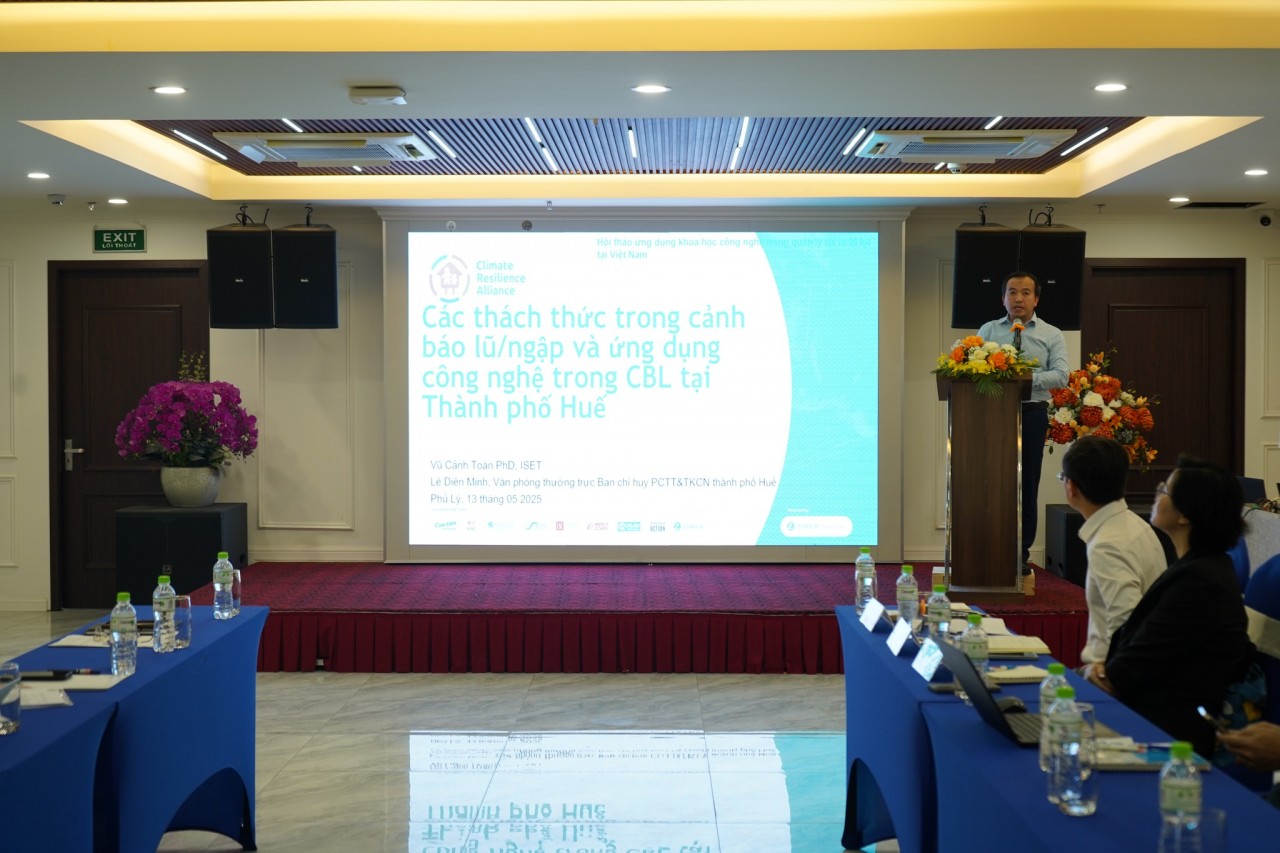 Viet's Home
Viet's Home
Harnessing Emerging Technologies for Flood Risk Warning in Vietnam
 Viet's Home
Viet's Home
Tzu Chi Grants Over VND 2 Billion to Support Disadvantaged Students in Hai Duong
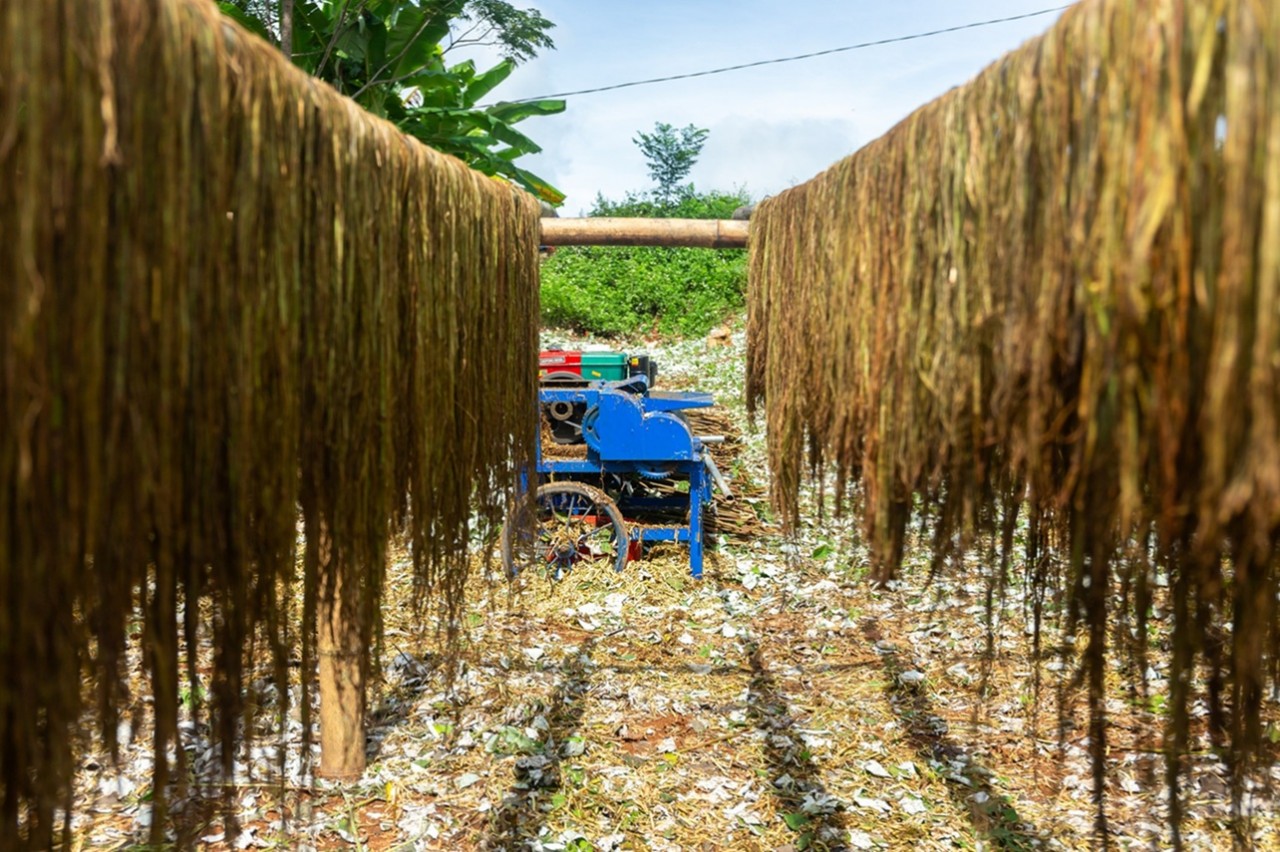 Viet's Home
Viet's Home
CARE Supports Hoa Binh Residents to Develop Sustainable Hemp Products
 Viet's Home
Viet's Home
"Ho Chi Minh Biography" in Greek Launched in Athens
 Viet's Home
Viet's Home
French-Vietnamese Author Introduces Book Series "Memories of Overseas Vietnamese"
 Viet's Home
Viet's Home
Vietnam's Human Development Index Remains High
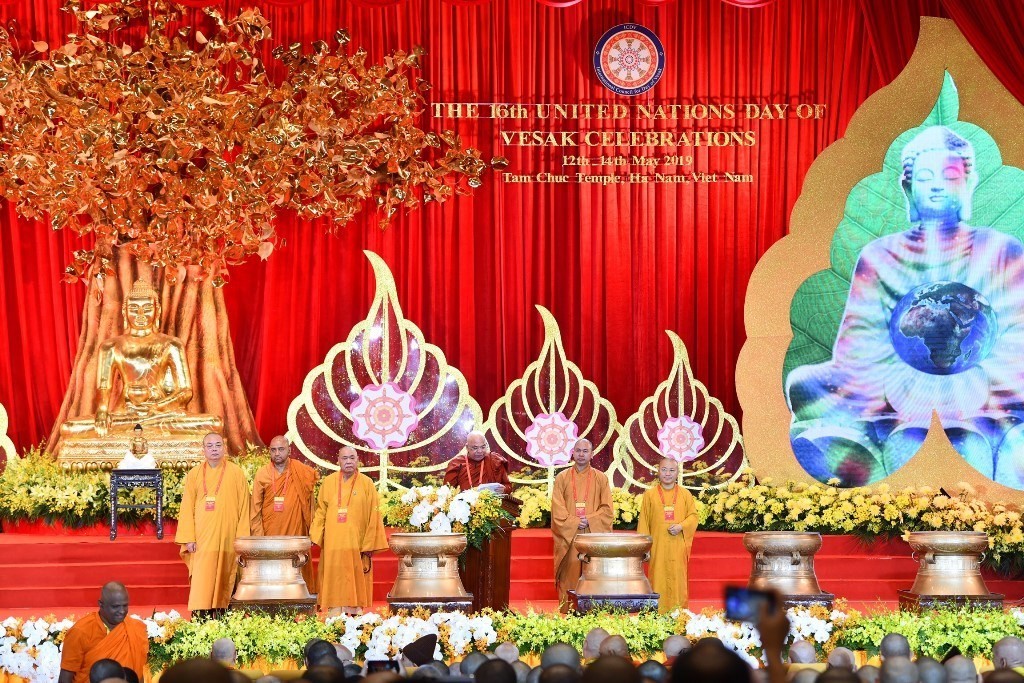 Viet's Home
Viet's Home

